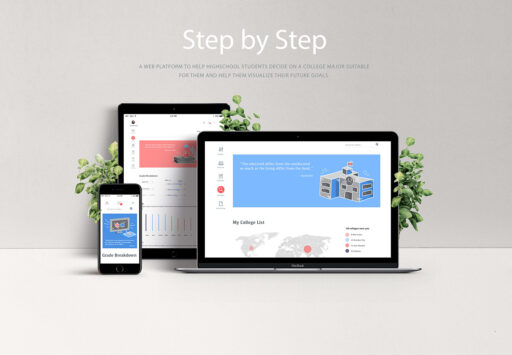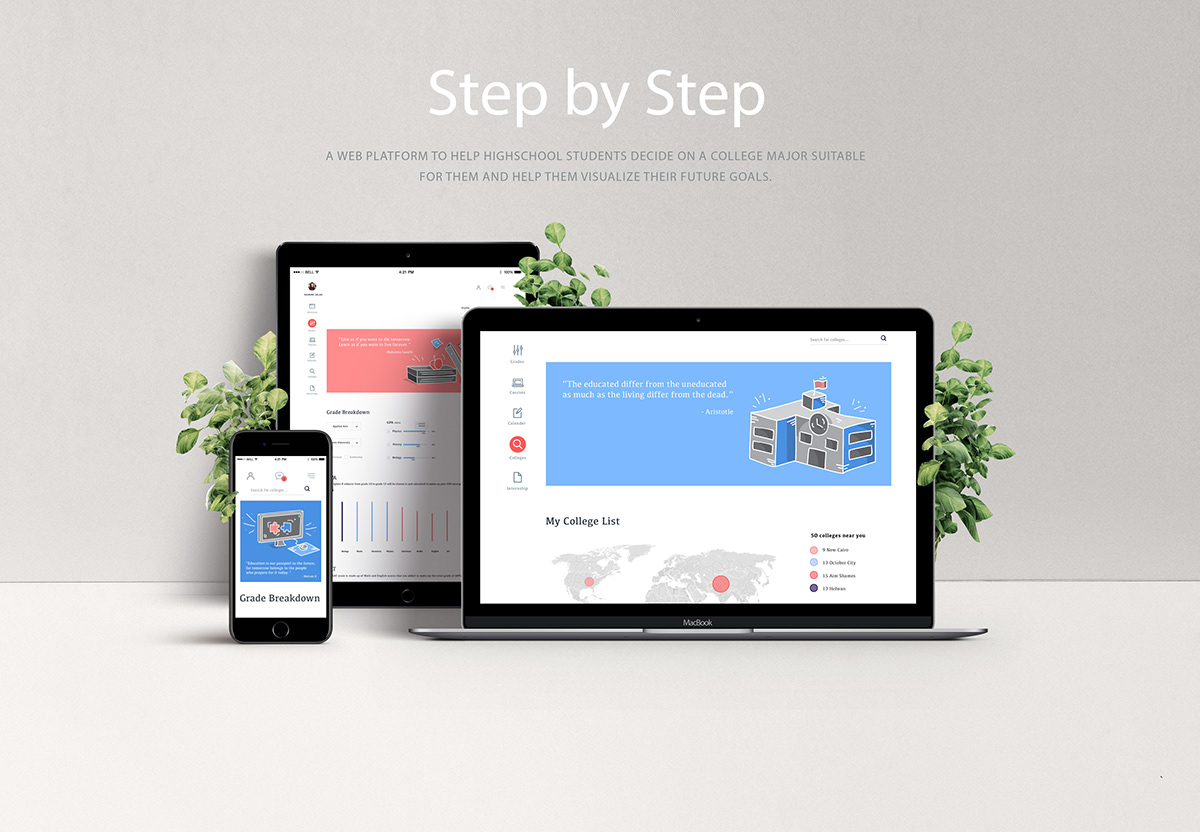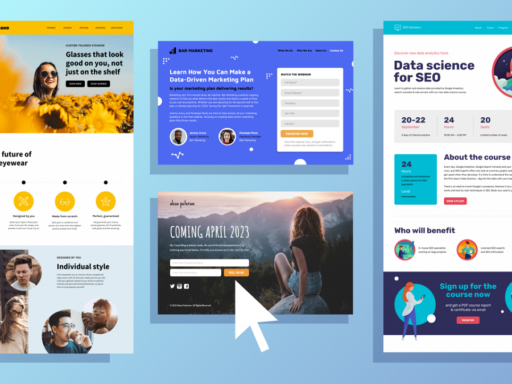Responsive web design is a critical approach in contemporary web development aimed at ensuring websites function flawlessly across various devices and screen sizes. This methodology prioritizes adaptability and user experience, addressing the diverse ways users access content today.
Importance of Adaptability Across Devices
In a digital landscape where users browse the internet using smartphones, tablets, laptops, and more, responsive web design ensures that websites automatically adjust their layout and content presentation. This adaptability eliminates the need for separate mobile and desktop versions, providing a consistent experience across all devices.
Enhancing User Experience (UX)
Responsive design plays a crucial role in enhancing user experience by prioritizing accessibility and usability. Visitors can navigate and interact with content effortlessly, regardless of the device they use. This seamless experience reduces bounce rates and increases engagement and conversions.
SEO Benefits of Responsive Design
Search engines like Google favor responsive websites in their rankings because they provide a unified experience across devices. With a single URL and consistent content, responsive sites are easier for search engine algorithms to crawl, index, and rank higher in search results, ultimately driving more organic traffic.
Technical Aspects and Flexibility
Technically, responsive design employs fluid grids, flexible images, and CSS media queries to dynamically adjust the layout and content based on screen size and orientation. This approach ensures that elements scale proportionally and maintain usability across devices without compromising functionality.
Maintenance and Cost Efficiency
Maintaining a responsive website is more efficient than managing multiple versions for different devices. Updates and changes only need to be made once, reducing time and costs associated with development and maintenance. This streamlined approach also minimizes the risk of inconsistencies across platforms.
Analytics and Performance Tracking
Responsive design simplifies analytics and performance tracking by consolidating data from all devices into a single report. Webmasters gain comprehensive insights into user behavior, interactions, and performance metrics, allowing them to optimize content and design based on real-time data.
Future-Proofing Websites
In an ever-evolving digital landscape, responsive design future-proofs websites by ensuring they remain relevant and effective across new devices and screen sizes. This adaptability is crucial for longevity and competitiveness in an increasingly mobile-centric world.
Conclusion
Responsive web design is not just a best practice but a necessity for modern websites aiming to provide an optimal user experience and achieve high search engine rankings. By prioritizing adaptability, usability, and efficiency, responsive design empowers businesses to reach and engage audiences effectively across diverse devices and platforms, driving growth and success in the digital realm.






